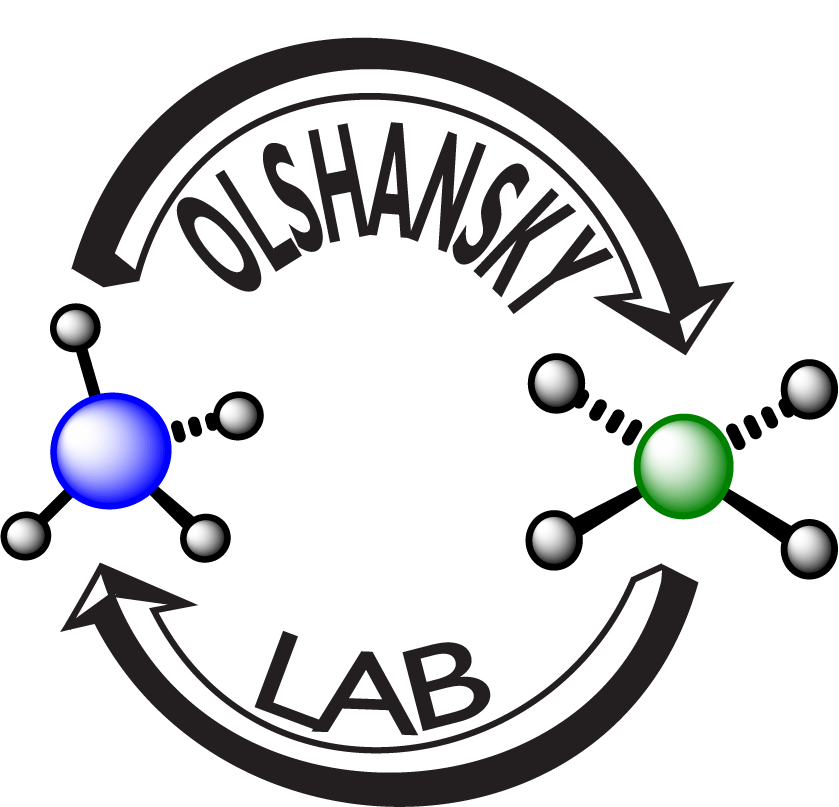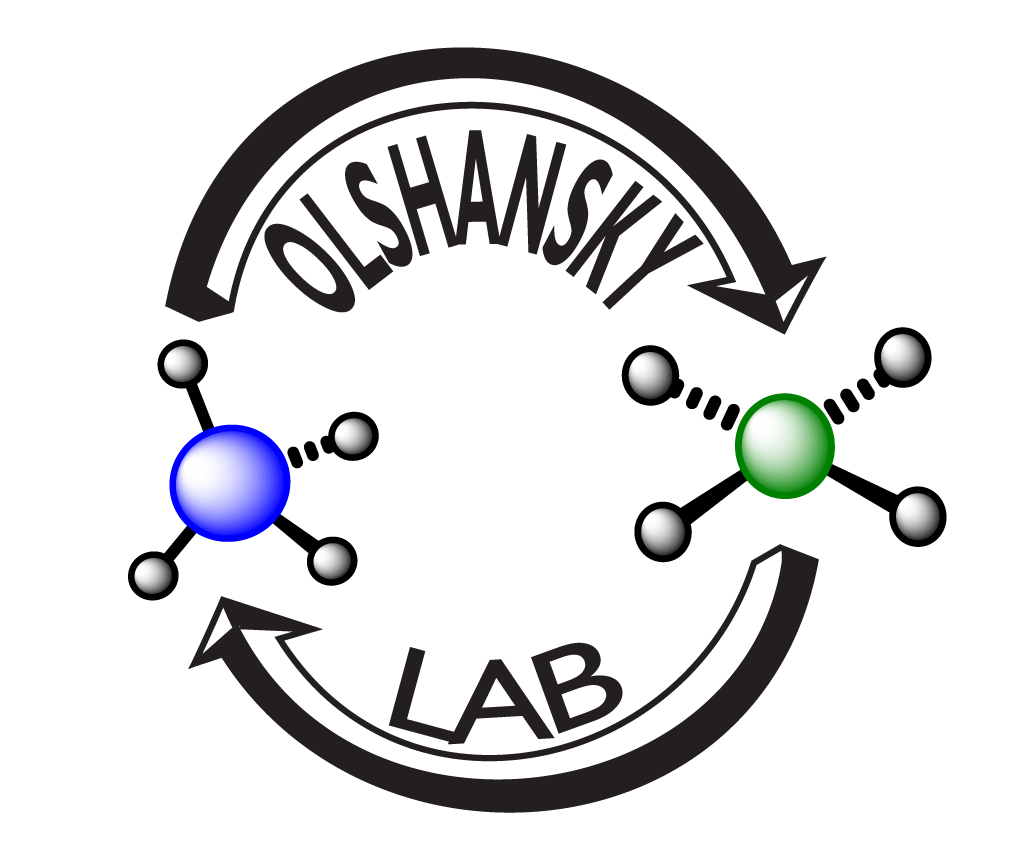
Testing the hypothesis that mechanical motion represents an efficient way to interconvert different forms of energy (at the molecular level)
This is not a picture of Champaign-Urbana
Current Projects
-

Photo-Induced Conformational Changes
Taking advantage of the oxidation state-dependent coordination geometry ‘preferences’ some metal ions exhibit, we are designing ligands in which photo-induced structural rearrangments drive redox reactivity through conformational control. These systems are designed to lower reorganization energy for charge separation, and raise it for charge recombination.
Applications of these design elements are invisioned to extend to materials and catalysts for solar fuels production. Ultimately, we would like to apply these strategies to drive the generation of a protonmotive force from sunlight.
-

Switchable Artifical Metalloproteins
We are engineering conformationally switchable artifcial metalloproteins (swArMs) to serve as models to investigate the link between macroscopic structural changes in a protein host, and subatomic electronic structural changes in embedded metallocofactors. This mechanistic paradigm is widespread in nature and underlies the reactivity in some of the most powerful metalloproteins known.
Using swArMs to quantify and define exactly how biological systems interconvert different forms of energy through conformational control, we then aim to apply them. Applications in biomedical imaging and catalyst development are among those currently under investigation.
-

Modelling Metallocofactor Dynamics
We prepare and study conformationally dynamic model complexes that encapsulate key aspects of naturally occuring metalloenzyme active sites. We are particularly interested correlating these dynamics with proton, electron, and proton-coupled electron transfer (PCET) events.
In the complex pictured above, we are working to examine carboxylate shift dynamics known to facilitate PCET in diiron and dimanganese enzymes. In other work, we are developing conformationally fluxional copper and nickel complexes that are able to stabilize the range of oxidation states commonly observed in their metalloenzyme cogeners.

this is a picture of Champaign-Urbana!

